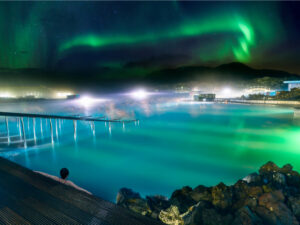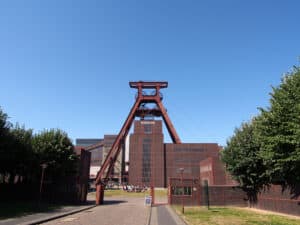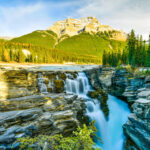Tikal harbors are a complex of Mayan Ruins deep inside the rainforests of northern Guatemala. A couple of buildings in Tikal date back to as early as the fourth century B.C.
If you have a thing for historical city ruins and ancient architecture, the Mayan Ruins of Guametala shall probably be the best option to conjure upon.
Contents
Where are the Mayan Ruins of Tikal?
To be precise, these ruins are located in North Central Petén in Guatemala, around 50 miles to the northwest of its border with Belize. Tikal or YaxMutal is the largest, as well as the oldest of the many Maya cities.

Why was Tikal so important to Mayans?
Archaeologists state that Tikal was the capital of a large conquest state, which was once one of the most powerful kingdoms in ancient Maya. During the Classic Period, this city dominated most of the Mesoamerican lands politically, militarily as well as economically.
Why is Mayan architecture special?
The area encompasses at least 3,000 buildings, which also include some very tall temples that manage to surpass the heights reached by the tall, thick canopy jungle!
Its impressive architecture comprises nine groups of courts along with plazas, interconnected with the help of bridges and pathways.
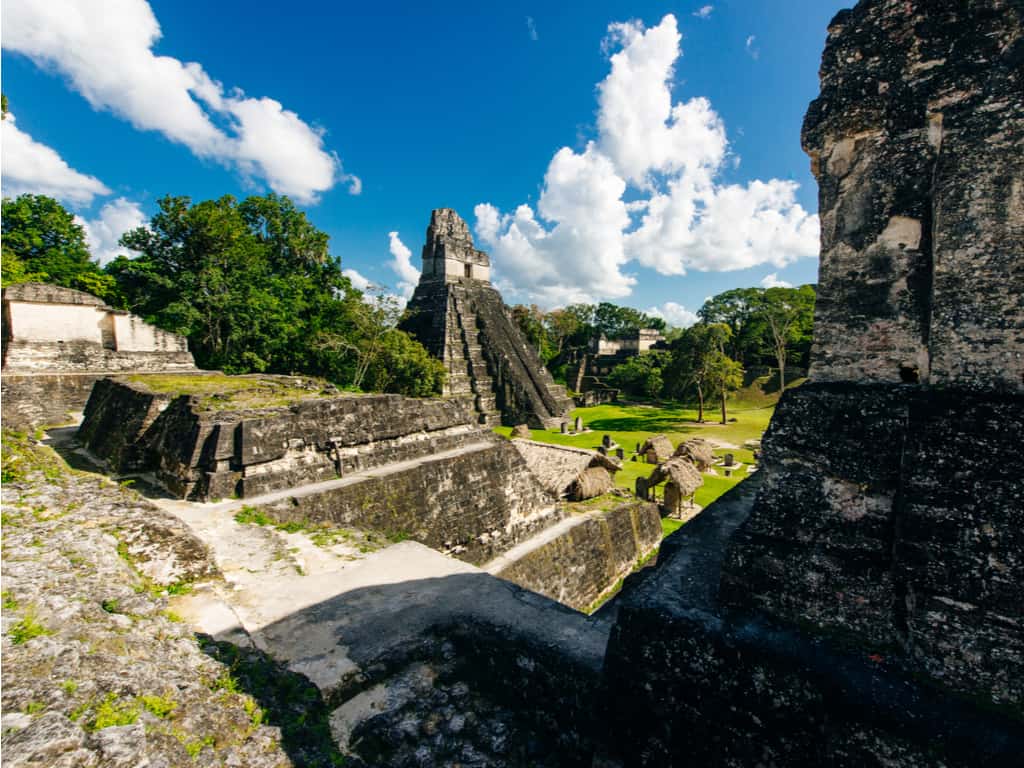
What are the most notable attractions?
You should definitely not miss visiting the following places:
- The Great Plaza – the main central square in the city.
- The Central Acropolis – The mighty palace housing the major rulers of the city.
- The North AcropolisThe MundoPerdido – a large Mayan Pyramid that served as a temple.
- The Temple of Ah Cacao (Temple of the Great Jaguar) – is again a large pyramid that was used to be a burial site.
- Temple I – It’s image is used in the currency notes of Guatemala.
The Mayans built these magnificent structures out of limestone, imparting strength, and durability to them.
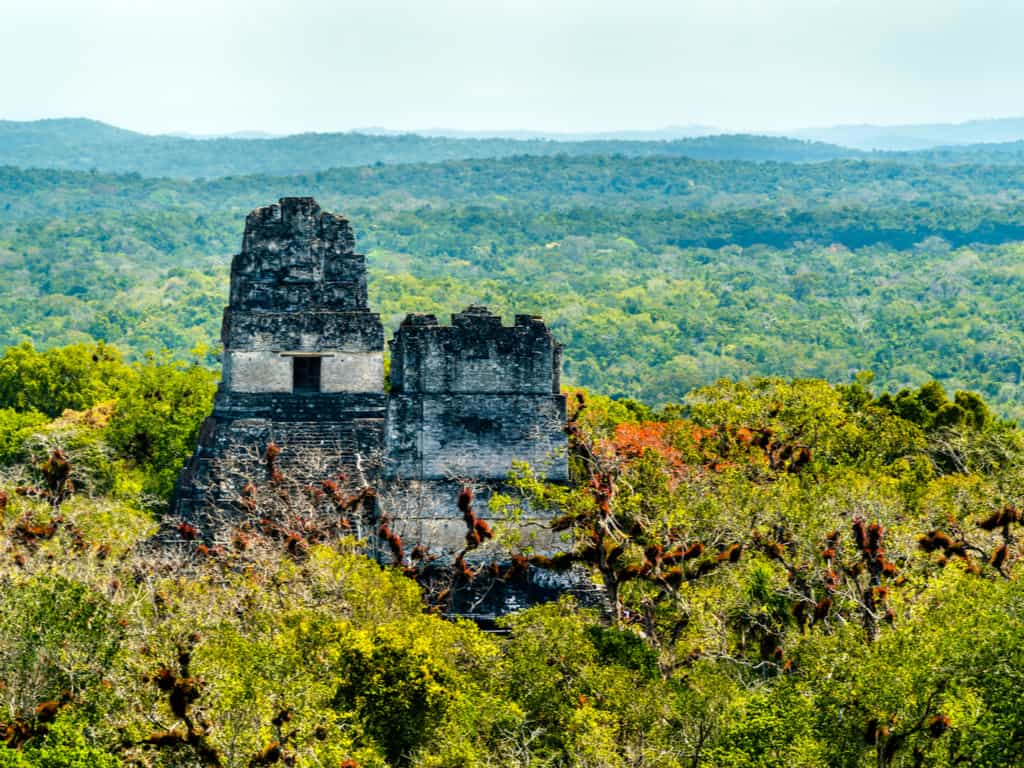
Furthermore, there is evidence of a system of paved causeways called the ‘Sacbeobs’ along with a thoughtfully designed network of canals. The canals were destined to capture falling rainwater and feed it all to the city’s water reservoirs. In addition to these, they also found ruins of ball courts that were used to play the Mesoamerican ballgame.
Unfortunately, the city was gradually abandoned because people started facing overpopulation and crop failure issues, which in turn led to hunger and suffering. To add to that, the city is believed to be hit by numerous natural calamities over and over again. A multitude of reasons explains the falling of this majestic city into mere ruins.

Facts about the Mayan Ruins in Guatemala
There is evidence of early agricultural activity and remains of ceramics. Archaeologists have discovered the burial sites of prominent leaders of the era.
As of 1979, the Mayan Ruins of Guametala have declared a UNESCO World Heritage Site, and why not!
In addition to its various well-excavated courts, temples, and pyramids, Tikal further fascinates tourists by providing them with an excellent opportunity to watch birds and animals. You are bound to find some new friends along your paths – Spiders, Howler monkeys, gray foxes, and red coatis. You just can’t get more pleased with your visit to the Mayan Ruins in Guatemala.


